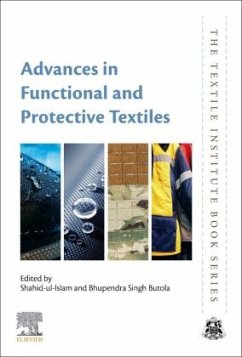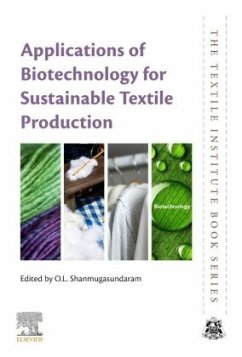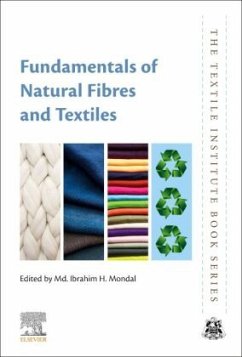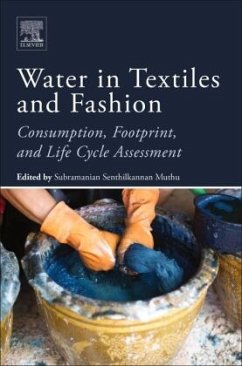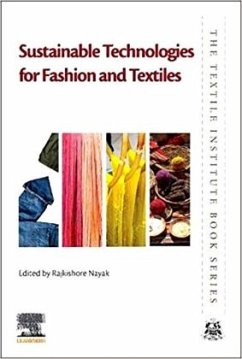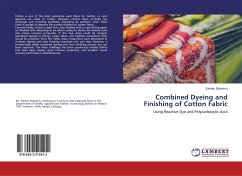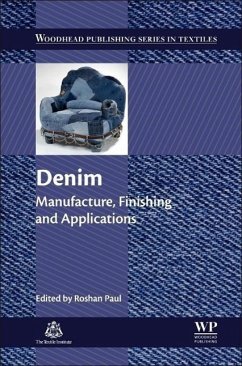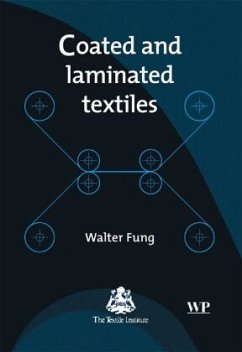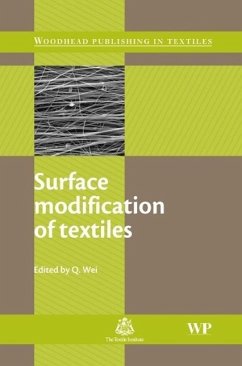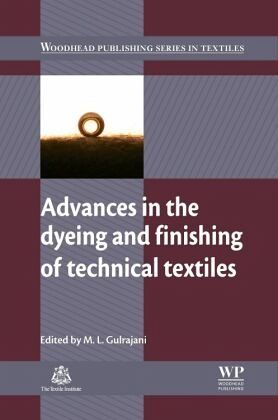
Advances in the Dyeing and Finishing of Technical Textiles

PAYBACK Punkte
75 °P sammeln!
The use of distinctive colourants and finishes has a significant impact on the aesthetic appeal and functionality of technical textiles. Advances in the textile chemical industry facilitate production of diverse desirable properties, and are therefore of great interest in the production of textile products with enhanced performance characteristics. Drawing on key research, Advances in the dyeing and finishing of technical textiles details important advances in this field and outlines their development for a range of applications.Part one reviews advances in dyes and colourants, including chrom...
The use of distinctive colourants and finishes has a significant impact on the aesthetic appeal and functionality of technical textiles. Advances in the textile chemical industry facilitate production of diverse desirable properties, and are therefore of great interest in the production of textile products with enhanced performance characteristics. Drawing on key research, Advances in the dyeing and finishing of technical textiles details important advances in this field and outlines their development for a range of applications.Part one reviews advances in dyes and colourants, including chromic materials, optical effect pigments and microencapsulated colourants for technical textile applications. Other types of functional dyes considered include UV- absorbent, anti-microbial and water-repellent dyes. Regulations relating to the use of textile dyes are discussed before part two goes on to investigate such advances in finishing techniques as mechanical finishing, softening treatments and the use of enzymes. Surfactants, Inkjet printing of technical textiles and functional finishes to improve the comfort and protection of apparel are also explored. The use of nanotechnology in producing hydrophobic, super-hydrophobic and antimicrobial finishes is dealt with alongside coating and lamination techniques, before the book concludes with a discussion of speciality polymers for the finishing of technical textiles.With its distinguished editor and international team of expert contributors, Advances in the dyeing and finishing of technical textiles is a comprehensive guide for all those involved in the development, production and application of technical textiles, including textile chemists, colour technologists, colour quality inspectors, product developers and textile finishers.




